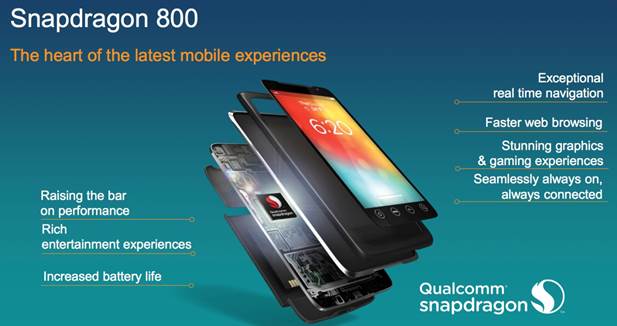Speculating the Apple ‘A8’
Barring any
catastrophe, there will be new iPhones and iPads this year. Speculating the
specs of Apple’s next A-series chip is for the most part an exercise in
futility, but based on Apple’s track record, there are some things that we can
safely expect. For one, the ‘A8’ chip (or whatever it’s going to be called) is
likely to continue to have an Apple- designed, 64-bit CPU core that’s
compatible with an ARMv8-A ISA (Instruction Set Architecture). There’s also no
rush to jump to anything smaller than the 28nm process that the A7 currently
employs; if anything, Apple would go 22nm before 20nm, and that’s despite the
fact that TSMC (Taiwan Semiconductor Manufacturing Co.) has started mass
production of chips using a 20nm process since January. How about more memory
and CPU cores? We won’t bet on either.

More
signs that Apple A8 chip production is approaching
If tradition
is anything to go by, Apple will also keep on using GPUs from Imagination
Technologies. The optimist in us says Apple will go for one of the four new
PowerVR Series 6XT configurations that Imagination announced in January and
made immediately available for licensing. Versus their respective Series 6
counterparts, the 6XT is up to 50% faster. But as AnandTech pointed out, after
factoring in lead time, it’s unlikely that we’ll see a Series 6XT GPU in any SoC
(and hence, actual products) until 2015. So where does that leave us? The
PowerVR Series 6 G6630 that has six clusters is the obvious alternative.
In other
words, while Apple may just well launch a large screen iPhone this year, be
prepared for an S-type update SoC-wise.
Qualcomm’s SoC Dominance Looks Set To Continue
By the time
you read this, most (if not all) flagship Android devices will be using
Qualcomm’s Snapdragon 800 SoC, displacing the Snapdragon 600 that was the rage
in the same period last year. But Qualcomm’s utter dominance in 2013 didn’t
come easy. For the most part of 2011 up till early 2012, Qualcomm’s ‘Scorpion’
CPU faced strong competition from dual-core ARM Cortex-A9 CPUs from NVIDIA,
Samsung, and Texas Instruments. With its chips often lagging behind in
performance, there were fears that the dragon would be slain.

Qualcomm’s
Snapdragon 800 SoC
What paved
Qualcomm’s subsequent success came in the first half of 2012, when devices
sporting the company’s 28nm and Krait-based Snapdragon S4 SoCs started to hit
the market. The successor to Scorpion, the new custom ARMv7-based ‘Krait’
microprocessor gave the lulling Snapdragon series a new lease of life. Early
on, the now-fabled Snapdragon S4 Plus (MSM8960) that was used in select
variants of the Samsung Galaxy S III with its two Krait cores clocked at 1.5GHz
outscored almost every other ARM Cortex-A9-based designs in benchmarks, be it
integer, floating-point, or memory performance. And while it shipped with an
Adreno 225 GPU that wasn’t all too different from the old Adreno 220 (probably
to push the SoC out early), the increase in clock frequency (from 266 to
400MHz) brought about a very nice boost in graphics performance. Coupled with
an integrated LTE modem, the Snapdragon S4 came charging out of the gate.

What
paved Qualcomm’s subsequent success came in the first half of 2012
Since then,
Qualcomm hasn’t looked back. Faster and quad-core Krait CPUs, the Adreno 3xx
family of GPUs with a new scalar architecture, and SoCs with even tighter integration
of radios have all since arrived. In 2013, the Snapdragon processors that ruled
the roost in the mobile space were the aforementioned Snapdragon 600 and 800,
both using much improved Krait designs in the forms of Krait 300 and Krait 400
respectively. While both the 600 and 800 use a 28nm process, the 800 uses
TSMC’s new 28nm HPM (High Performance Mobile) process technology (as opposed to
the 600’s 28nm LP (low power) process), thus enabling its Krait 400 core to
reach even higher clock speeds. Coupled with lower memory latency, faster L2
cache, and a beefed-up Adreno 330 GPU that offers about 50% increase in
graphics performance compared to the Adreno 320 used in the Snapdragon 600, and
4K UHD video capture and playback, it’s no wonder why the 600 has fallen from
grace in the last six months.